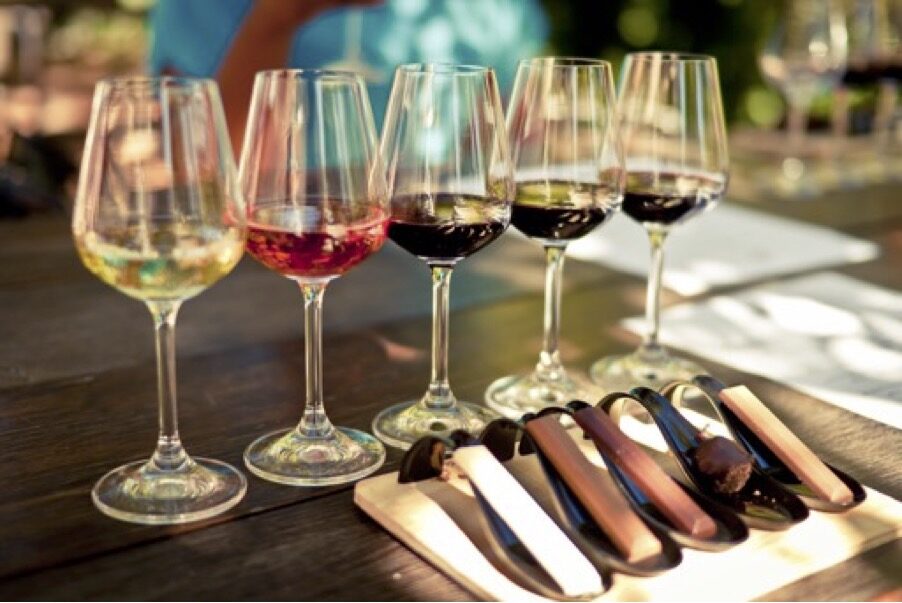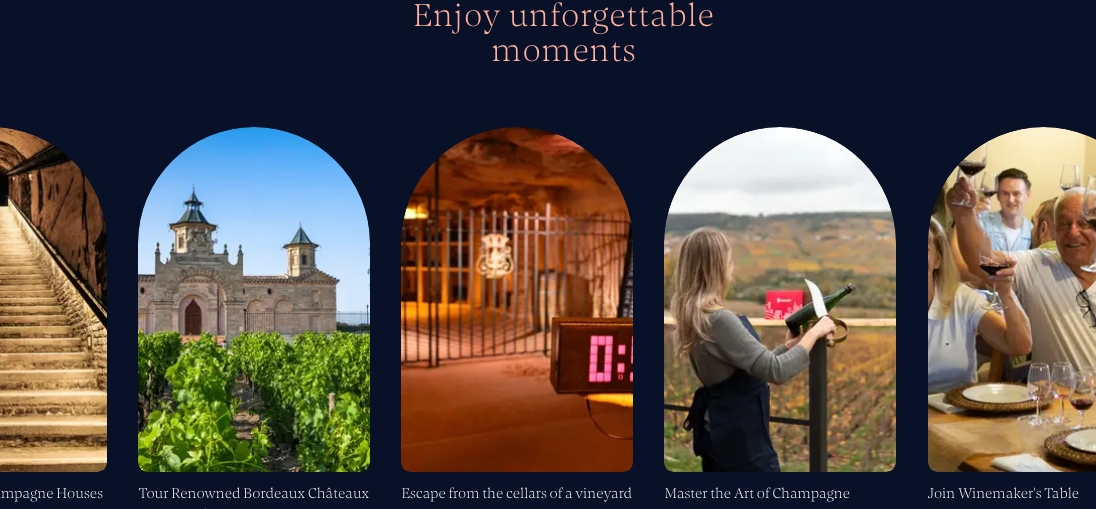
Sommelier Training at Entry Level:
“Build knowledge, customer care tips and hospitality knowledge: Know your client, their food
culture and insert wine…” (A.Martinez, stewarthilluk.com)Basic Sommelier Training involves building a strong foundation in a few key areas. If you’re aiming to work in restaurants, wine bars, hotels, or retail, here are the areas in highest demand for entry-level sommelier work:
It is relevant as a sommelier to have a grounding with your own taste, influences and preferences, an idea of the type of experience a guest is looking for, their likely taste based on menu or food pairings and their experience.
Home tastings – Sommeliers start with someone they know!
Even for home tastings you can practise question and answer rounds to hone your ability in knowing a client’s requirements and their knowledge and experience level to give the best impression of any wine or drink you present.
The basic industry knowledge for a sommelier training is technical and just like catering requires knowing terms and vocabulary that give a basis of understanding to work with for even the most novice of curious guests.
Your Starter Point as a Sommelier:
-
Wine Regions & Grape Varieties
- Learn the major wine regions (France, Italy, Spain, USA, etc.) and their key appellations.
- Know the primary grape varieties (Cabernet Sauvignon, Pinot Noir, Chardonnay, Riesling, etc.)
- Our Tip: Add: Terroirs and landscapes that suit the grapes agriculturally

-
Wine Tasting ‘Sensory Skills’
- Systematic tasting—identifying what are aromas, flavours, body, acidity, tannins, and alcohol.
- Describe a wine to a customer with confidence
- Our Tip: Personal charm; an anecdote that connects to a landscape or terroir they are familiar with to connect!
-
Food and Wine Pairing
- What is pairing: How to pair wine with food—acidity, sweetness, tannin, and intensity, and colour!
- Know classic pairings (e.g., Sancerre with goat cheese, Barolo with truffles).
- Our Tip: Have a few modern pairings to offer for entertainment!
-
Service Skills
- Learn the proper way to serve wine, including still, sparkling, and decanting reds.
- Train in restaurant service etiquette—clean, confident, graceful pouring and guest interaction.
- Our Tip: Top Wine serving tips on Youtube with your favourite Influencer or wine adveturer.

-
Wine Storage & Handling
- Understand ideal storage conditions (temperature, light, humidity).
- Know how to handle corked wines, oxidation, and bottle faults.
- Our Tip: Have respect for the wine and the drinker’s experience
-
Basic Beverage Knowledge
- Many sommelier jobs also require some understanding of beer, spirits, sake, and non-alcoholic pairings.
- Our Tip: What is your favourite and why? Share relevant tips with your guests.
-
Sales & Upselling
- Learn to recommend wines based on guest preferences, budget, and food.
- Be comfortable with upselling techniques while remaining guest-focused.
- Our Tip: The guest is looking for your knowledge on their best experience yet!
-
Certification and the value of references
- Even a Level 1 entry course with any platform for varied and international information.
- Introductory Sommelier course (WSET, CMS, etc.)
- Our Tips: Be the Source. Boost credibility and gives you structured knowledge, ongoing is as good as finished in your quest for knowledge.
- Work Experience and exposure to the field, people, buyers and sellers and the consumer, your guest.
Next we look at a possible structure for your resources and study:
SOMMELIER TRAINING ROADMAP: BEGINNER LEVEL
Phase 1: Build Wine Fundamentals (Month 1–2)
- Learn the 6 Noble Grapes:
- Red: Cabernet Sauvignon, Merlot, Pinot Noir
- White: Chardonnay, Sauvignon Blanc, Riesling
- Study Old World vs New World wine differences.
- Focus on major regions: Bordeaux, Burgundy, Champagne, Tuscany, Rioja, Napa, Mendoza, Marlborough, etc.
- Practice basic tasting technique (appearance, nose, palate, conclusion).
- Start reading labels and trying different wines at home or in tastings.
Phase 2: Deepen Tasting & Pairing Skills (Month 3–4)
- Practice blind tastings with friends or online groups.
- Study wine and food pairing principles:
- Match intensity
- Balance sweetness, acidity, tannins
- Complement or contrast flavours
- Learn common wine faults (cork taint, oxidation, etc.).
- Start visiting local wine bars, tastings, or wineries.
- App: Vivino (great for tracking what you taste)
Phase 3: Service, Etiquette & Sales (Month 5–6)
Goals: Learn hospitality skills and how to interact with guests.
- Practice opening bottles (still and sparkling).
- Learn glassware types, serving temperatures, and decanting.
- Role-play guest interaction—asking questions and suggesting wine.
- Understand restaurant workflow and basic inventory management.

-
YouTube Channels: GuildSomm, Karen MacNeil

Certification – A knowledge base and resource for a future in wine:
Boost your ability, natural skill and knowledge by having credibility on paper…
Even a Level 1 or Introductory Sommelier course (WSET, CMS, etc.)
- Court of Master Sommeliers – Introductory Sommelier Course
-
Alison.com: Introductory Course on Wines
-
Entry Level – Globally recognised and often requested by employers:
-
WSET Level 1 or 2 (Wines)
-
Court of Master Sommeliers – Introductory
-
Certified Specialist of Wine (CSW) – More academic and theory-heavy
Who knows? Seeing yourself in ‘5 Years’…
As a Sommelier of extensive taste skill, you might find yourself:
Above all, enjoy your journey in the World of Wine!
- What Are Your Tips? Share in the Comments…
- Colouring page Inspiration from a top Sommeliere!








